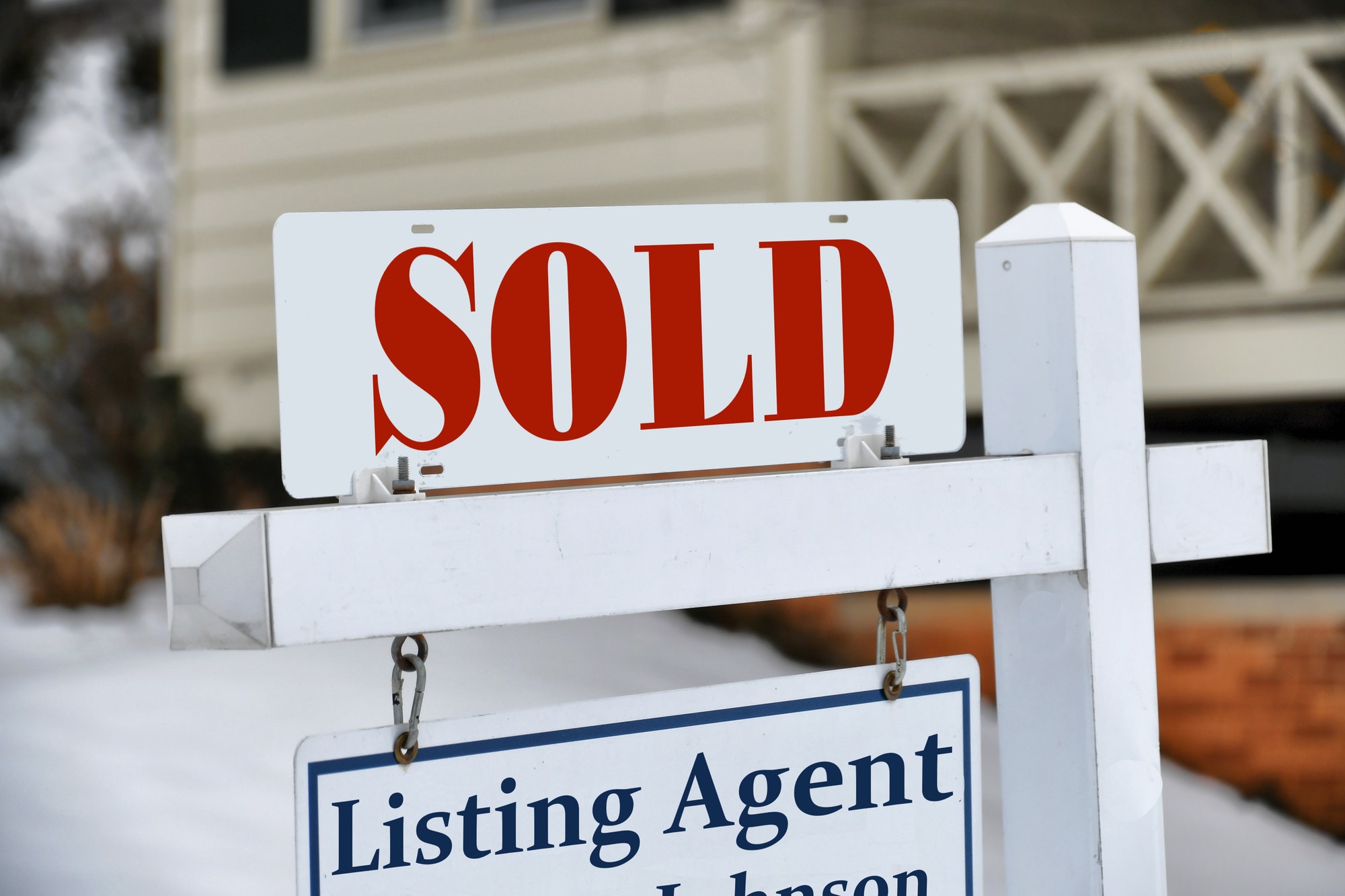When it comes to real estate financing, you can borrow money from a variety of sources. In this article, we will discuss different types of loans, including Hard money lending and owner-occupied financing. Multifamily property financing is also covered, along with home equity loans. Purchasing a property with less than 20% down can be difficult, but it’s possible. Here’s how to finance the purchase of a multifamily property.
Hard money lending
For those who need fast financing for a purchase, hard money lending for real estate financing can provide the solution. While conventional banks may be the first choice for primary residences, the approval process can be lengthy. Hard money is the solution when conventional banks cannot provide the loan you need or if you need it quickly. In many cases, hard money lenders also offer the opportunity to avoid high interest rates, which can cause a delay in the closing of your deal.
LTV is a measure of how much a hard money lender is willing to lend, and is calculated as the loan amount divided by the value of the property. Most hard money lenders lend up to about 65-75% of the property’s value. Other hard money lenders lend on the “after repair value,” or ARV, which is the property’s value after repairs and improvements have been completed. This option, however, requires more capital from the lender and a higher interest rate.
Owner-occupied loans
Banks are more inclined to issue owner-occupied loans than any other type of real estate financing because of the low risk associated with them. Unlike investment properties, owners who live in their property are typically eligible for a lower interest rate, fees, and penalties. However, there are some specific requirements that you must meet before applying for an owner-occupied loan. If you live in the property and plan to stay for a long time, you should understand the loan requirements and consider whether you’re a good candidate for such financing.
Whether you’re interested in a commercial property or residential property, an owner-occupied loan is a smart way to diversify your portfolio and generate rental income. Owner-occupied loans generally require a business to occupy at least 50% of the commercial property. You can apply for these loans for industrial, retail, office, or special-use properties. But you should be aware that not all commercial properties are eligible for these loans. Multifamily properties and hotels cannot qualify for these loans.
Multifamily property financing
A multifamily property may be the perfect entry point into a high-priced housing market. There are several types of financing available to buy a multifamily property, including conventional mortgage loans, government programs, and more. If you’re not planning on living in the multifamily property, the most common form of financing is a conventional mortgage loan. This type of loan is typically suitable for owner-occupied properties with two to four units. Those with more than four units, however, will need a commercial loan.
Another advantage of multifamily property financing is that you can leverage your existing properties to make new purchases before paying them off fully. Leveraged properties can be an excellent way to increase the growth rate of a multifamily housing business. However, obtaining the funds necessary for a multifamily property loan can be very difficult. A down payment of 20 percent is typically required to secure a multifamily property loan. Additionally, you may have to pay a substantial percentage of the property’s monthly cash flow in order to qualify for multifamily property financing.
Home equity loans
When it comes to real estate financing, home equity loans are the best option for many reasons. They have fixed rates and a predictable repayment schedule, which can help make them an excellent choice for some expenses. In addition, federal tax law has made them tax-deductible, allowing for the deduction of interest on mortgages and home equity loans. However, the IRS has recently added a qualification to the home equity debt tax deduction.
Taking out a home equity loan requires a significant amount of equity in your property. During the housing crash, most Americans lost their equity, but most have regained it. In fact, according to the Federal Trade Commission, nearly 3.5 million U.S. homes were “seriously underwater” – meaning the mortgage was more than 25 percent of the home’s market value. In addition, 14.4 million U.S. homes had a mortgage that was less than half of the house’s value.
Second mortgages
If you are in need of extra cash to pay for a major expense, second mortgages can be a good choice. These loans allow you to tap into the equity in your home, which is tax deductible. The U.S. Bank has offices throughout the country, and can help you determine whether a second mortgage is the right option for you. It can also work with you to identify your needs and offer options that fit your budget and financial situation.
Second mortgages have different requirements for equity, but most lenders require at least 15 percent equity. A second mortgage can be as much as 85 percent of the home’s value, or up to $55,000, depending on the lender and the type of loan. Lenders typically require a higher credit score than for a first mortgage; some stretch this to 60 percent. Most lenders will require a credit score of at least 620, though some can be lenient and allow a credit score as high as 680.


